Do you like hydroxypinacolone retinoate and getting caught in the rain? Us too! Forgive us, couldn’t pass up the chance to finally make that joke, though we are into yoga, ‘health’ food, and champagne. Speaking of things sparkling (new) and celebratory, it’s time to introduce the Active Infusion Oil.
We took our beloved Active Infusion Serum gave it an actives twist: a gentle, effective retinoic acid ester combined with a potent, stable Vitamin C. Along with extracts rich in anti-inflammatory and antioxidant properties like chaga mushroom, goji berries, ashwagandha, and turmeric and it is essential oil-free, best enjoyed after several quenching mists of the Hydrating Accelerator. Now that we’ve read the ‘menu’, let’s dive into the specific ingredients of the new Active Infusion Oil (AIO) to discover what makes this the high-performance product that you won’t want to miss.
Retinoids (Vitamin A) 101
Here’s exactly what happens when you apply Vitamin A and its derivatives: Retinoids regulate cell apoptosis (essentially the death of a cell), differentiation, and proliferation. In layman terms this means that retinoids have the ability to ‘communicate’ with skin cells and instruct them on how to behave. This can lead to these overall beneficial properties of retinoids for the skin:
- Strengthening the protective function of the epidermis (aka, the outermost layer of skin)
- Promoting increase of keratinocytes (this is the predominant cell type in the epidermis)
- Restraining transepidermal water loss
- Protecting skin structure against degradation
A 2019 study published in Advances in Dermatology and Allergology found that retinoids are among the most effective substances to slow the skin aging process. They are also loved for use in the care of congestion, flakiness and several other skin conditions. Additionally, retinoids help to reduce the appearance of lines and wrinkles, sun damage, discoloration, along with improving skins' suppleness, texture and thickness.

Retinoids are multi-correctional over time and have the power to influence skin structure formation. Further research and development of the various types of retinoid derivatives have allowed for different efficacious approaches that still render the same powerful results, but without the peeling, redness, dryness, and irritating experiences that we have come to associate with them. Essentially, hydroxypinacolone retinoate (HPR) is part of a new generation of retinoids that are gentle and have very little to no irritation. This is important because one of the main reasons that people stop using retinoids is due to the discomfort of the experience or the “retinizing” of skin, coupled with the frustration around product expectations - retinoid is often touted to render the promised ‘airbrushed-like’ results within several weeks or less.
Gary Fisher, a professor of dermatology at the University of Michigan Medical School shares: "Many over-the-counter formulas claim you'll see results within weeks [...] but in my experience, it takes an average of 12 weeks for retinoic acid to produce noticeable changes in the skin. So stick with it for at least that long to see the benefits."
Vitamin A science and the family tree
The hierarchy of this family tree is dictated by how many conversions are necessary in order for your skin to use the bioactive form of Vitamin A, retinoic acid. The retinoid family tree is made up of retinol, retinol esters, retinal, retinoic acid esters, and finally the prescription-only, pure retinoic acids (like tretinoin). Remember that no matter which form of retinoid you choose, your skin can only use the bioactive retinoic acid to produce skin benefits.
Once applied to the skin, for a retinoid to work, it has to be converted to retinoic acid through a conversion process catalyzed by enzymes. The closer the derivative is in form to retinoic acid, the more potent it is in the skin. Depending on the retinoid, the conversion can be a one, two or three step process so the final bioactive retinoic acid can bind with the retinoic receptors in skin cells to start working its magic. For example, retinol converts to retinaldehyde (retinal), and then retinaldehyde converts to retinoic acid.
“Another way [...]Retinol works is [...] by telling the older cells in the upper layer of skin to die quicker which in turn allows the newer, healthier skin to surface faster. This quicker skin cell turnover rate, paired with cell-communicating abilities is what makes Retinol such a superstar!”
Introducing our Vitamin A: Hydroxypinacolone Retinoate (HPR)
Retinoids tend to be a polarizing subject within skincare and we are here to add our two cents. Our decision to include hydroxypinacolone retinoate (HPR) in the Active Infusion Oil is a testament to cosmetic science. As we’ve expressed before, we believe that formulation is key and that we will always be a plant and herb-based brand; yet as part of a wider commitment to delivering innovative, results-driven products for all skin concerns, we are embracing new ingredients that are a result of sound chemistry.
What makes HPR different from its family is where it sits amongst the family tree in terms of the conversion process. As HPR is a retinoic acid ester, our skin cells interpret HPR as bioactive retinoic acid and it doesn’t need to go through the conversion. HPR binds directly with the retinoid receptors to start cellular renewal and repair processes. This ingredient was developed to have improved chemical stability along with superior tolerability and efficacy, making it gentle whilst yielding the desired results with the potency of retinoic acid.
As previously noted on expectations, it’s good to keep in mind that significantly visible improvements from HPR’s heavy lifting come only after at least 3 months of continuous use, but clinical studies have demonstrated a fairly dramatic reduction in the appearance of lines and wrinkles around the eyes after only 14 days.
Introducing our Vitamin C: Tetrahexyldecyl Ascorbate (THDA)
We’ve been long-time fans of Vitamin C, even though traditionally Vitamin C is not a fan of being formulated with. Before advancements in vitamin A came along, Vitamin C and its derivatives were some of the strongest antioxidant candidates in ‘clean’ skincare for fading discoloration, brightening, repairing photodamage, and helping to restore a certain bounce to the skin.
In this post, we are not going to deep dive into the mechanics of how Vitamin C works as an ingredient. If you would like a more technical crash course in all things Vitamin C, we highly recommend you check out our ‘101’ here before continuing on.
THDA is a very stable, fat-soluble ester of Vitamin C, making it ideal for enhanced penetration into the hydrophobic epidermis and into the dermis - something that L-ascorbic acid (the most pure, original form of Vitamin C) is challenged at and cannot do unassisted. By itself, this ingredient has the following benefits:
- doubles the production of collagen synthesis in comparison to L-ascorbic acid
- providing a photoprotective effect (this has to do with preventing UV damage, not selfie filters)
- enhancing the dermal reservoir of this essential antioxidant within the skin
The Vitamin C + A challenge
THDA was chosen for the AIO because of its ability to play well with other ingredients; in particular its potent synergy with HPR and Vitamin E. Traditionally, Retinoid and LAA Vitamin C are challenging to combine within the same formula, or sometimes even within a skincare routine, due to the contrasting pH levels needed for each ingredients’ stability and LAA percutaneous absorption issues. Additionally, there is potential for serious skin irritation from both ingredients depending on the form, concentrations and the order in which they are used. But this is where this Vitamin C ester provides a major advantage: unlike most water-soluble Vitamin C derivatives who need an acidic pH (3.5 or lower) within a formula, oil-soluble THDA is effective at pH levels of 5.5-6.5, the same range that HPR requires. Fancy that! At a skin-friendly, more neutral pH range of 5.5, this duo is highly unlikely to create irritation and both ingredients can work side-by-side to address fine lines, dark spots, blemishes, with an overall ‘renewing’ effect- the benefits list can go on for a while.
The complimentary antioxidant: Vitamin E
Vitamin E is a free-radical scavenger and a complimentary antioxidant pairing for both THDA and HPR, lending different strengths to each ingredient to make them more efficacious. Vitamin E enhances THDA’s overall effectiveness and potentiates its photoprotective actions fourfold. Vitamin C is known to be the primary replenisher of Vitamin E, so together, these vitamins protect skin cells, limit UV damage, reduce oxidative stress and promote tissue healing.
With HPR, Vitamin E helps to further stabilize the ingredient and the AIO formula. Retinoids are often paired with antioxidants like BHT or BHA to offer additional stability and extension of shelf life, but our preferred antioxidant choice was Vitamin E as tocopherol for its multiple benefits for the formula and skin. Our HPR is BHT/BHA free.
Introducing the Active Infusion Oil to your routine
The AIO is intended to replace the Active Infusion Serum in your routine - the Active Infusion Serum will eventually be phased out of production. As mentioned, the AIO best paired with the Hydrating Accelerator for hydration, but it also pairs well with the Daily Acid Toner and is intended to be applied in the same routine. It’s suitable for all skin types, including sensitive, blemish-prone and other skin conditions. Apply to the face and around the eye area at night and finish with Vital Balm Cream. Please take note: we always, always recommend applying sunscreen during the day. If you are looking for a daytime oil to complement your nighttime routine, look no further than our Herbal Infusion Oil!
One note about pregnancy safety: more scientific evidence is required to ensure that retinoids are safe for use during pregnancy and breastfeeding. To err on the side of caution we recommend you skip this product during this critical window of development until more studies are available.
Active Infusion Oil - Full Ingredient List
*Jojoba Seed Oil, *Sunflower Seed Oil, *Rosehip Seed Oil, Tetrahexyldecyl Ascorbate (Vitamin C ester), *Hemp Seed Oil, Dimethyl Isosorbide, Hydroxypinacolone Retinoate (Retinoid), *Tocopherol (Vitamin E), *Sea Buckthorn Fruit Oil, *Calendula, *Green Tea, *Goji Berries, *Chaga Mushroom, *Marula Seed Oil, *Ashwagandha, *Dandelion, *Turmeric, Phenethyl Alcohol, Ethylhexylglycerin
* Sources
Mukherjee S, Date A, Patravale V, Korting HC, Roeder A, Weindl G. Retinoids in the treatment of skin aging: an overview of clinical efficacy and safety. Clin Interv Aging. 2006;1(4):327-348. doi:10.2147/ciia.2006.1.4.327
https://www.ncbi.nlm.nih.gov/pmc/articles/PMC2699641/
Zasada M, Budzisz E. Retinoids: active molecules influencing skin structure formation in cosmetic and dermatological treatments. Postepy Dermatol Alergol. 2019;36(4):392-397. doi:10.5114/ada.2019.87443
https://www.ncbi.nlm.nih.gov/pmc/articles/PMC6791161/
Antiaging effects of retinoid hydroxypinacolone retinoate on skin models*. Journal of the American Academy of Dermatology. VOLUME 79, ISSUE 3, SUPPLEMENT 1, AB44, SEPTEMBER 01, 2018 https://www.jaad.org/article/S0190-9622(18)31012-0/pdf
*Sponsored by Estee Lauder Companies.
Veraldi, S., Barbareschi, M., Guanziroli, E., Bettoli, V., Minghetti, S., Capitanio, B., Sinagra, J. L., Sedona, P., & Schianchi, R. (2015). Treatment of mild to moderate acne with a fixed combination of hydroxypinacolone retinoate, retinol glycospheres and papain glycospheres. Giornale Italiano di Dermatologia e Venereologia, 150(2), 143-147.
Maria Teresa Truchuelo, MD, PhD, Natalia Jimenez, MD, & Pedro Jaen, MD, PhD Dermatology Department, University Hospital Ramon y Cajal Hospital, Madrid. Assessment of the efficacy and tolerance of a new combination of retinoids and depigmenting agents in the treatment of melasma. Spain Journal of Cosmetic Dermatology, 13, 261--268
Herndon JH Jr, Jiang LI, Kononov T, Fox T. An Open Label Clinical Trial to Evaluate the Efficacy and Tolerance of a Retinol and Vitamin C Facial Regimen in Women With Mild-to-Moderate Hyperpigmentation and Photodamaged Facial Skin. J Drugs Dermatol. 2016 Apr;15(4):476-82. PMID: 27050703. https://pubmed.ncbi.nlm.nih.gov/27050703/
Full text: https://jddonline.com/articles/dermatology/S1545961616P0476X
Caley MP, Martins VL, O'Toole EA. Metalloproteinases and Wound Healing. Adv Wound Care (New Rochelle). 2015;4(4):225-234. doi:10.1089/wound.2014.0581
https://www.ncbi.nlm.nih.gov/pmc/articles/PMC4397992/
Ramos-e-Silva M, Hexsel DM, Rutowitsch MS, Zechmeister M. Hydroxy acids and retinoids in cosmetics. Clin Dermatol. 2001 Jul-Aug;19(4):460-6. doi: 10.1016/s0738-081x(01)00189-4. PMID: 11535389.
https://pubmed.ncbi.nlm.nih.gov/11535389/
Telang PS. Vitamin C in dermatology. Indian Dermatol Online J. 2013;4(2):143-146. doi:10.4103/2229-5178.110593
https://www.ncbi.nlm.nih.gov/pmc/articles/PMC3673383/
Burke, K.E. (2007), Interaction of vitamins C and E as better cosmeceuticals. Dermatologic Therapy, 20: 314-321. doi:10.1111/j.1529-8019.2007.00145.x
https://pubmed.ncbi.nlm.nih.gov/18045356/
Fitzpatrick, R, MD and Rostan, E.F MD. Dermatology Associates of San Diego County, Inc. and Department of Medicine/Dermatology, University of California, San Diego, California. Double-Blind, Half-Face Study Comparing Topical Vitamin C and Vehicle for Rejuvenation of Photodamage. American Society for Dermatologic Surgery. 28:3:March 2002
Sorg O, Saurat JH. Topical retinoids in skin ageing: a focused update with reference to sun-induced epidermal vitamin A deficiency. Dermatology. 2014;228(4):314-25. doi: 10.1159/000360527. Epub 2014 May 9. PMID: 24821234.
https://pubmed.ncbi.nlm.nih.gov/24821234/
Pullar JM, Carr AC, Vissers MCM. The Roles of Vitamin C in Skin Health. Nutrients. 2017;9(8):866. Published 2017 Aug 12. doi:10.3390/nu9080866
https://www.ncbi.nlm.nih.gov/pmc/articles/PMC5579659/
Gabriella Fabbrocini, Sara Cacciapuoti, Caterina Mazzella, Giuseppe Monfrecola. Department of Systematic Pathology, Division of Clinical Dermatology, University of Naples Federico II, Naples, Italy. Evaluation of efficacy and safety of the combined use of two topic retinoids to treat mild / moderate acne. European Journal of Acne and Related Diseases. Volume 2, n. 2, 2011. https://www.edizioniscriptamanent.it/sites/default/files/app/acne-rosacea-planet/pubblicazioni/eja2011.2.pdf#page=12
Kong, R., Cui, Y., Fisher, G.J., Wang, X., Chen, Y., Schneider, L.M. and Majmudar, G. (2016), A comparative study of the effects of retinol and retinoic acid on histological, molecular, and clinical properties of human skin. J Cosmet Dermatol, 15: 49-57. doi:10.1111/jocd.12193
https://onlinelibrary.wiley.com/doi/full/10.1111/jocd.12193
https://incidecoder.com/ingredients/hydroxypinacolone-retinoate
https://theskincareedit.com/retinoid-vs-retinol
https://www.allure.com/gallery/biggest-retinol-cream-myths
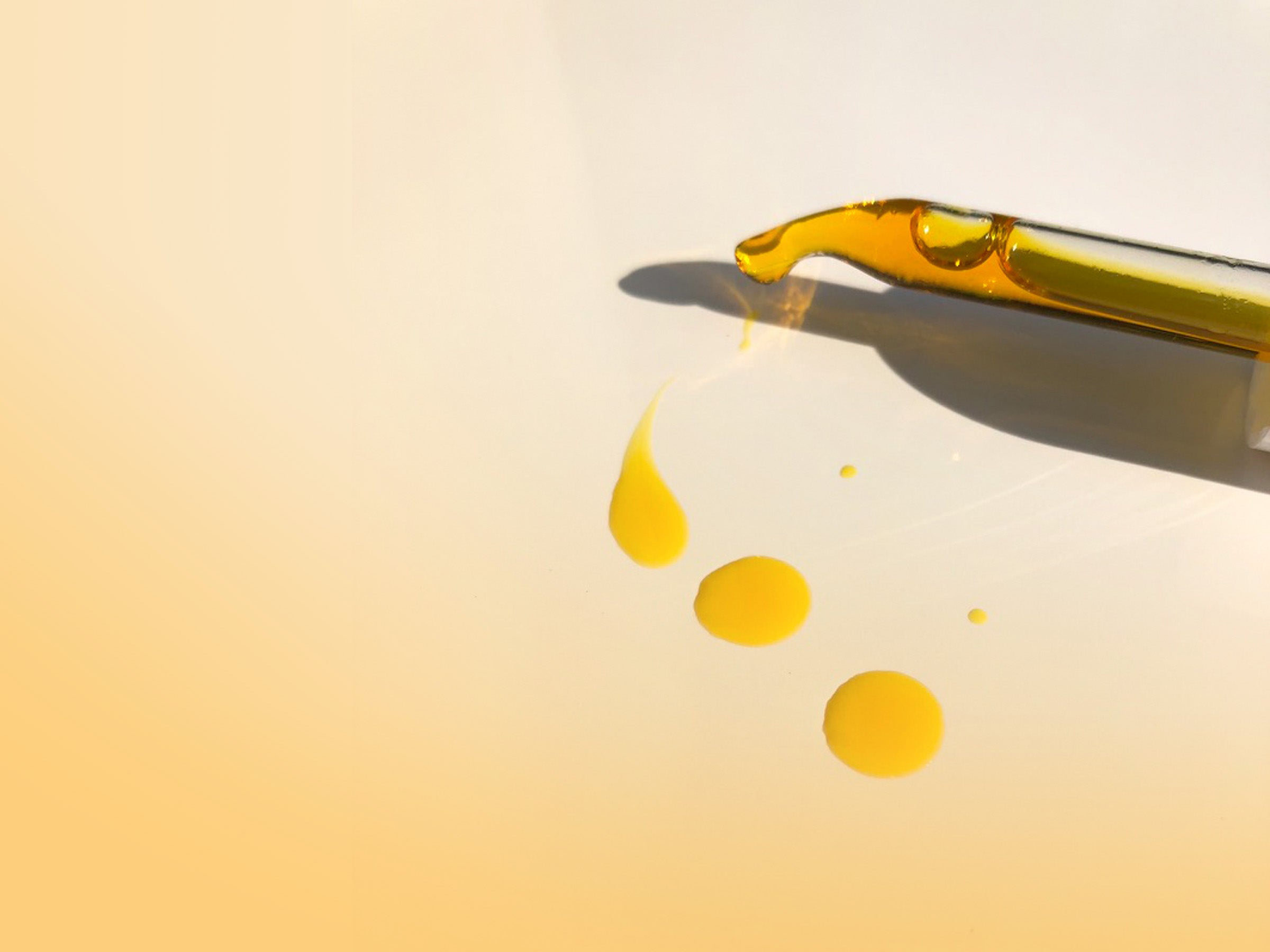
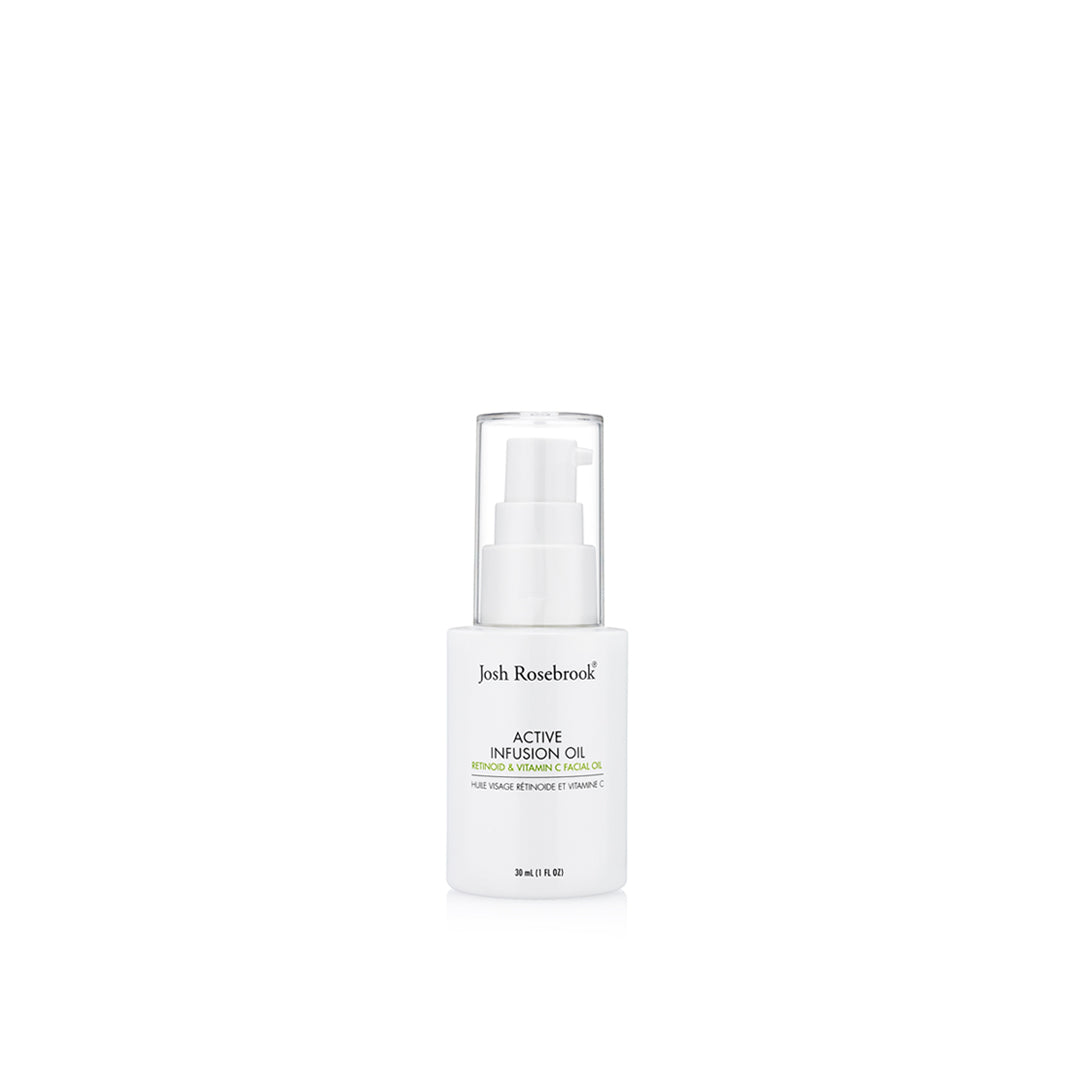
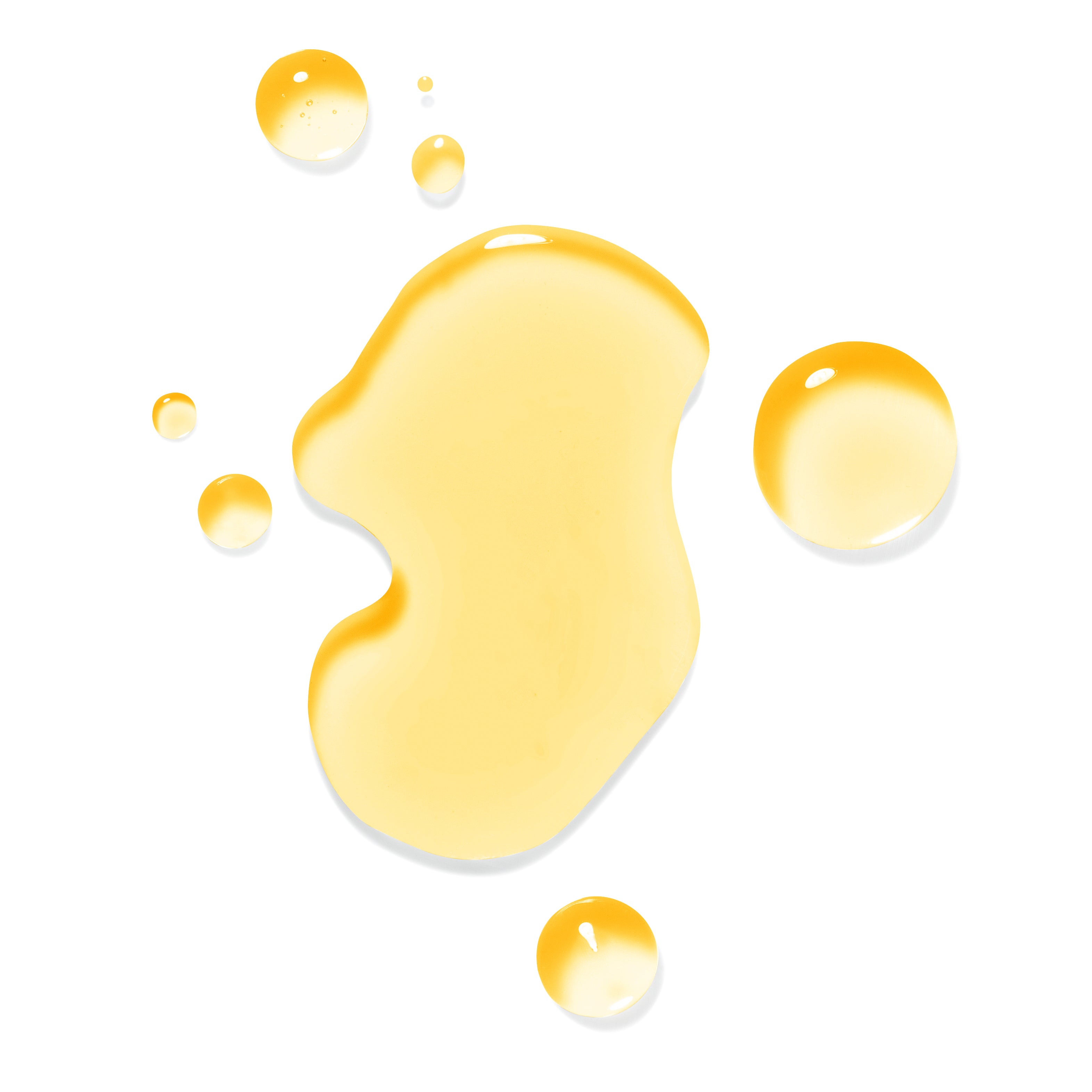

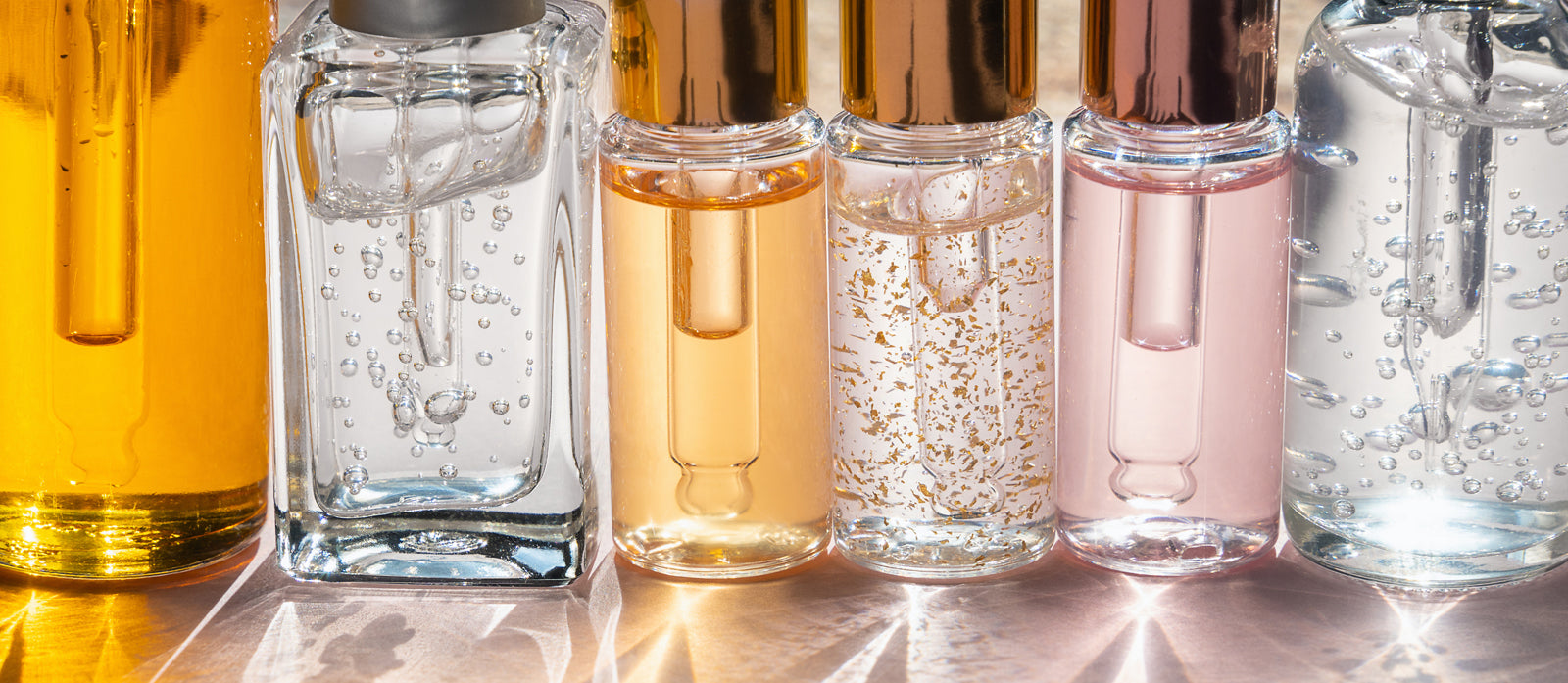
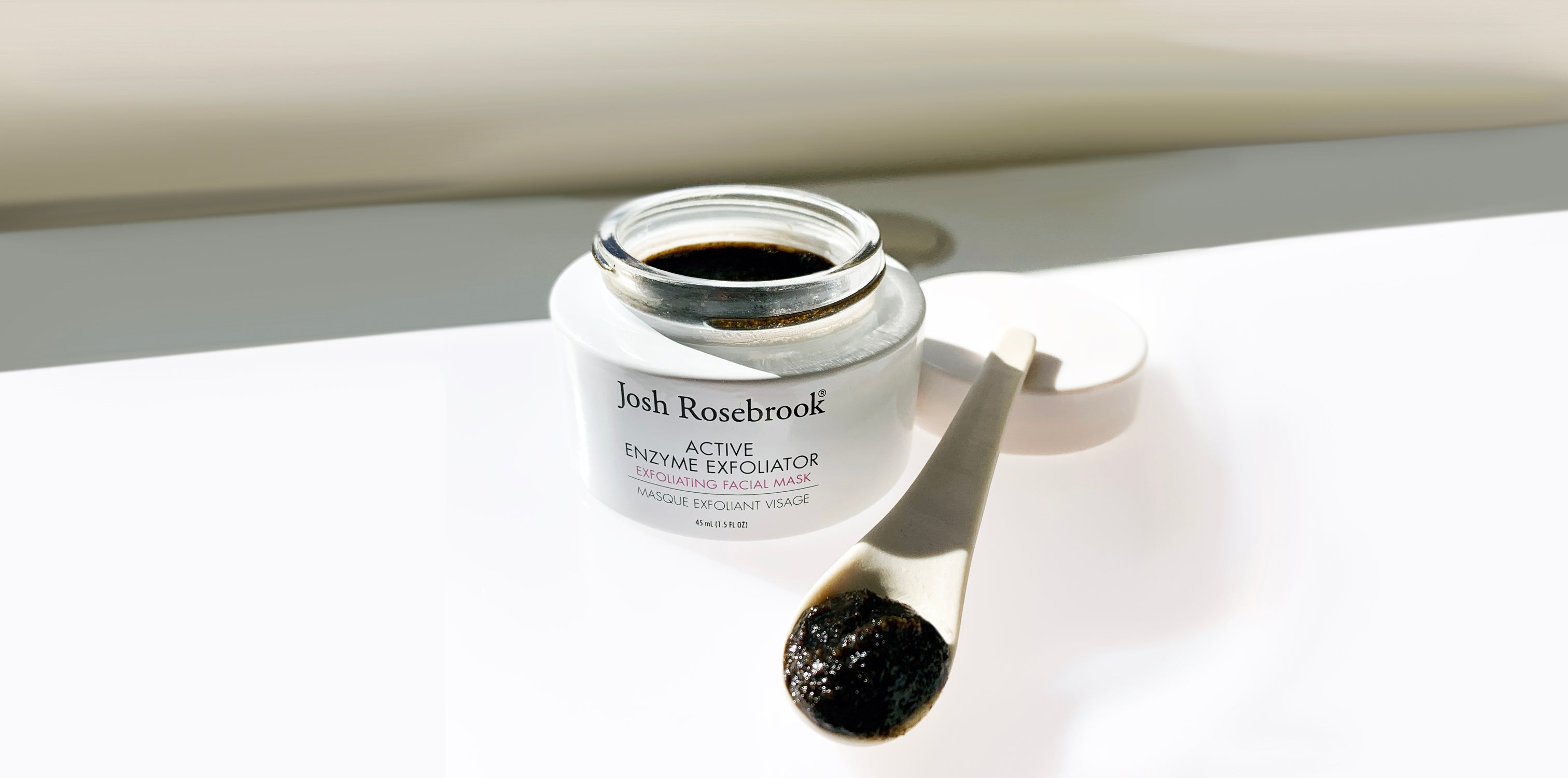
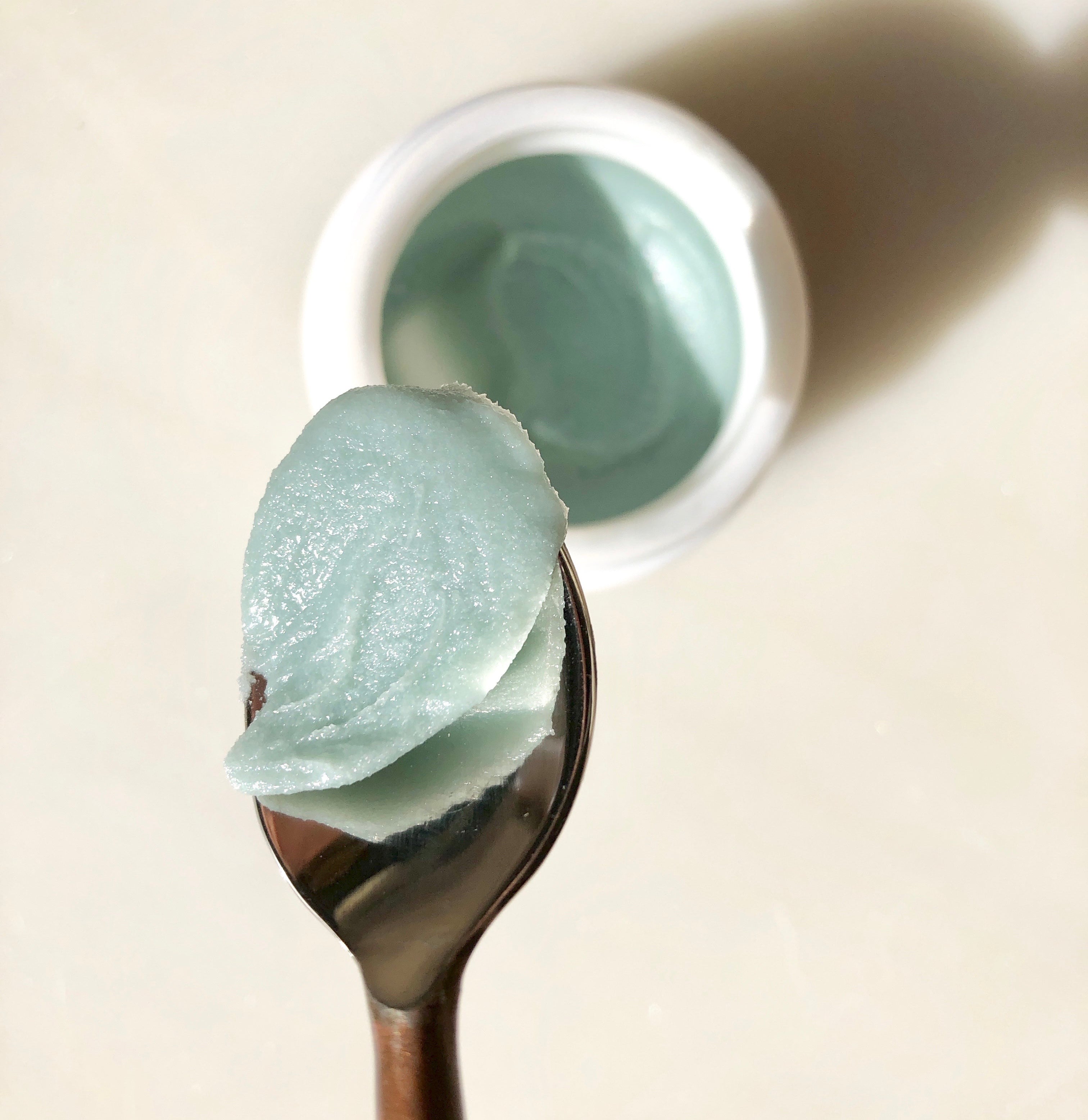
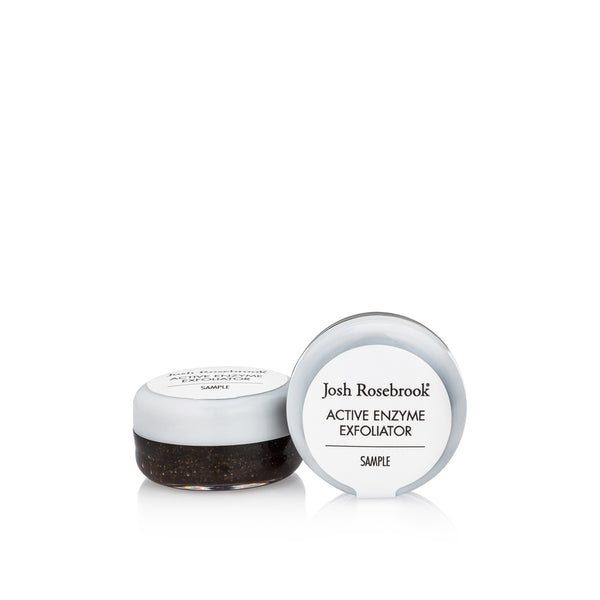
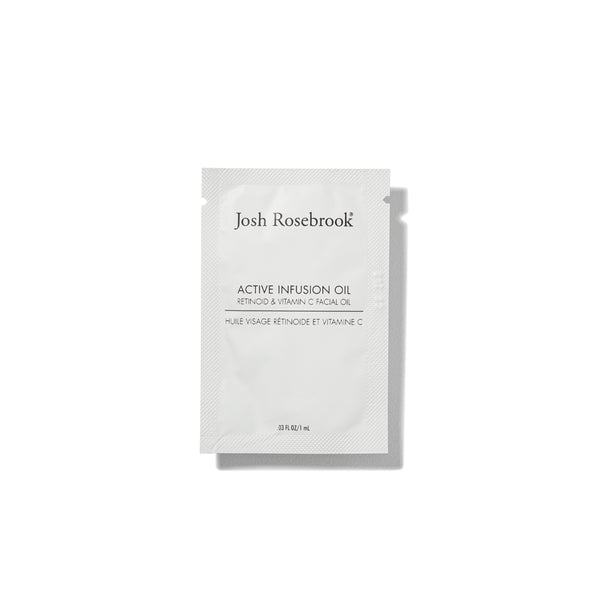

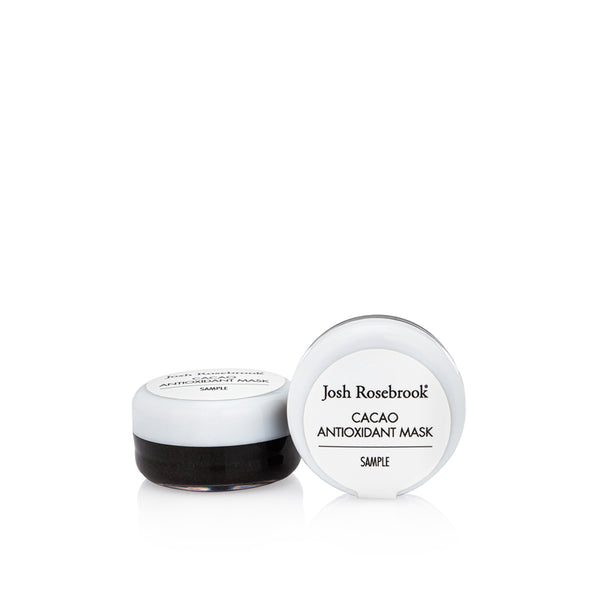
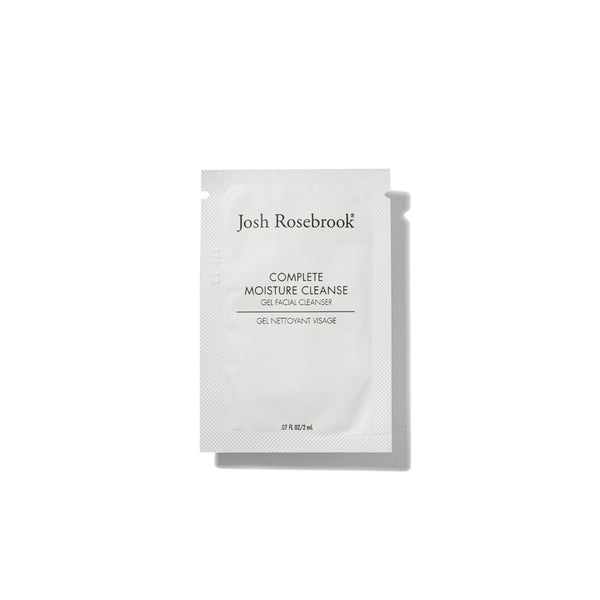
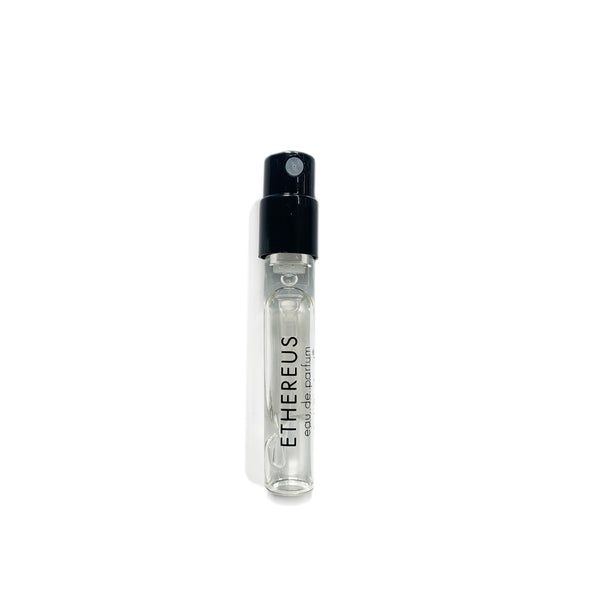

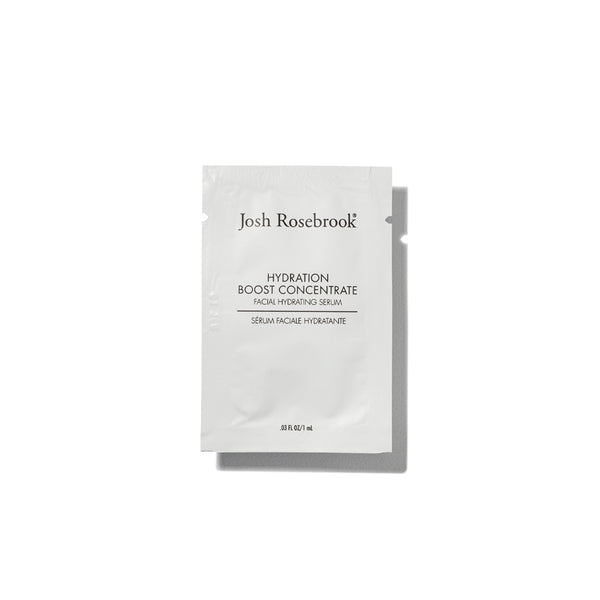
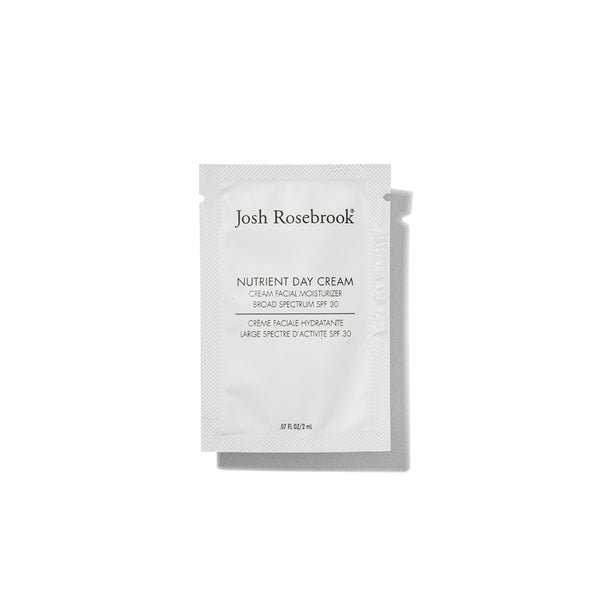
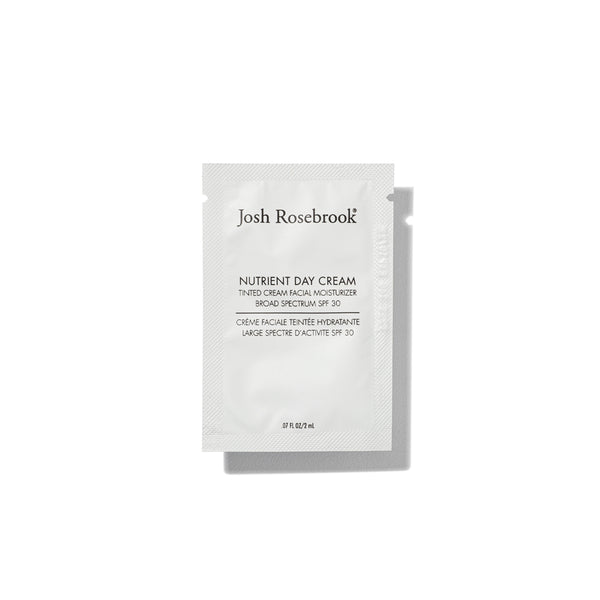
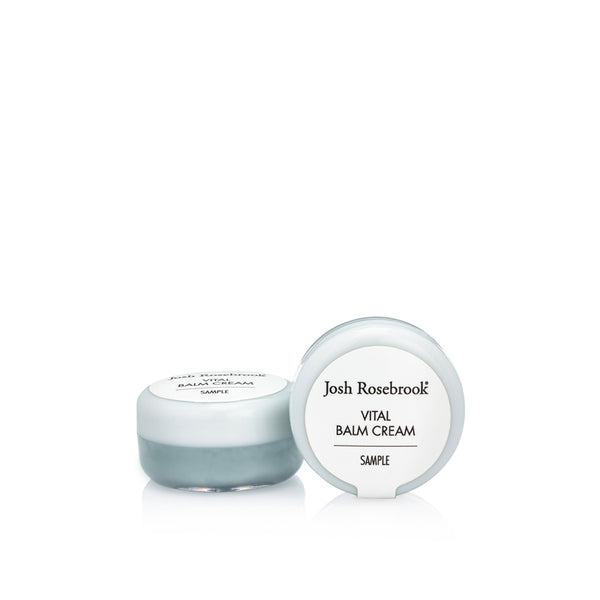
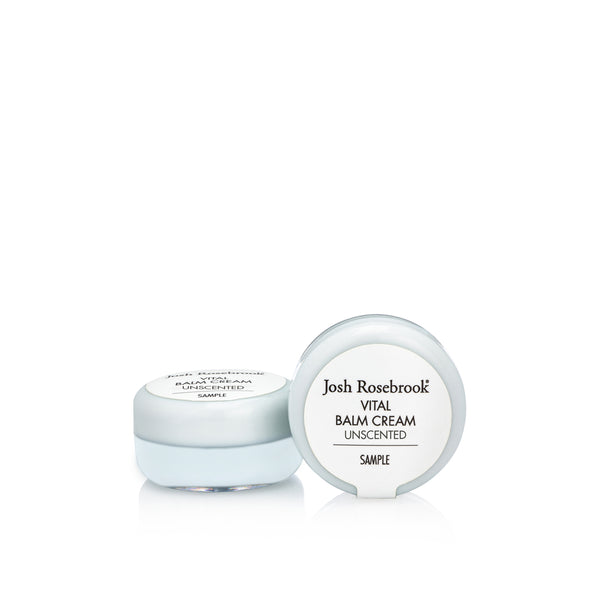
WRITTEN BY Josh Rosebrook